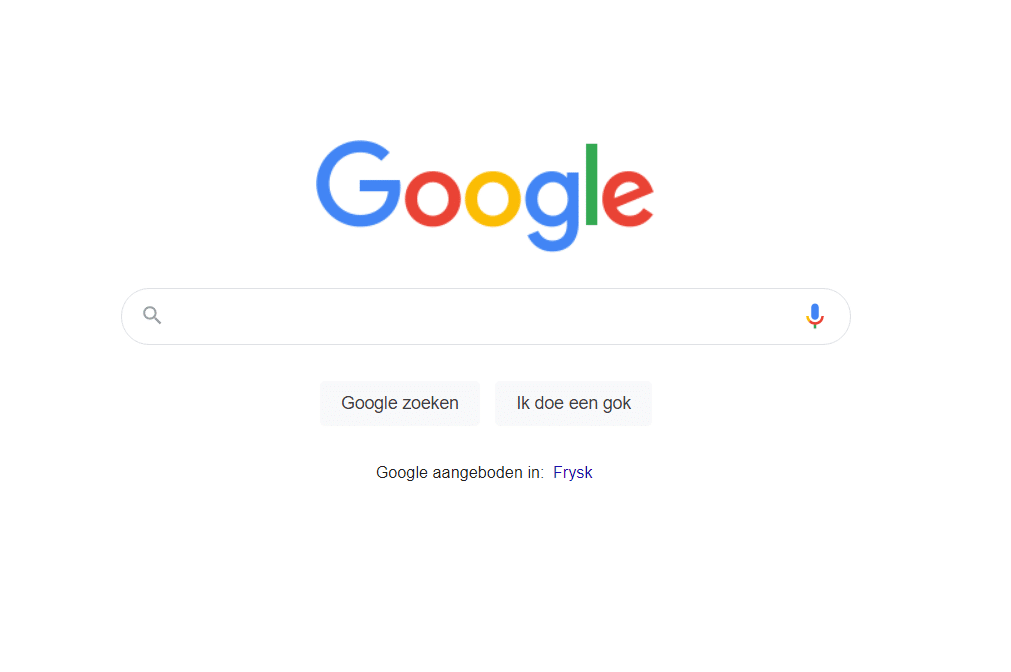Traffic to your website with search engines
Attracting visitors to your website remains a first priority for many, with more visitors you have a better chance of someone becoming a customer. Joining your newsletter or otherwise making a conversion p your website. In the previous blog post we covered traffic through Social Media channels, in this blog post let's cover how to do this through search engines like Google, Bing, DuckDuckGo, Brave and many others. Both paid and organic.
Traffic to your website can be generated in a number of ways, for almost all of them, little will passively or spontaneously go to your website. In any case, the necessary work will have to be done to drag traffic to your Web site. For both paid results and organic or natural search results, there will always be an investment of both time and money to ensure that you get results. Again, nothing is for free.
Paid traffic from search engines
One of the most common ways to draw traffic to your business website is to use Google Ads, or Google's advertising network. This is a pretty reliable way to attract new customers to your website, and ensure that you always have an influx of new eyes on your products or services. As long as, of course, you make a certain budget available for this every month.
Once you decide to stop with the ads then of course this also dries up as soon as the button is switched. The influx of traffic then stops immediately. It is therefore not feasible for many nonprofit organizations and associations to advertise for, existing companies and startups with a startup capital naturally take full advantage of this.
Even for smaller marketing budgets it is possible to make use of the Google Advertising Network, this also partly depends on which keywords and terms you advertise for and whether there is much competition in your particular branch of operation. For example, if you have a limited budget for advertising, you may choose not to go for the term: " Buy Sneakers". But rather go for example: "Buy lightweight durable sneakers". That difference can make a big difference in your monthly expenses. Note that there are also fewer people searching for this. So you often cannot expect the same amount of traffic as you might with the broader keyword. But then again, it's often more targeted traffic. And if you do the homework on the keyword or term, often with more buying intent by the user.
Paid search traffic does not have to cost thousands of dollars a month to be successful, but the reality is that you will have to do your homework on certain opportunities and keywords to actually get something out of it. There are companies that have entire teams set aside for this, or have access to (often pricey) marketing tools that can give them an edge.
Finally, you also have the option to advertise outside of Google, which is also more suitable for smaller companies. In fact, they are not charged the same amounts per click, simply because there is a smaller user base. We are still talking about many tens of thousands of users behind this, but with Google's dizzying user base alone, this can be a drop in the ocean. So tailor it to your target audience and see what has the desired effects. With some experimentation and tracking of results, you can put up a nice result for any budget.
Organic traffic from search engines
Organic traffic from search engines is a business in its own right, many companies and freelancers have even been set up to assist clients with growing their traffic from search engines in this area alone. It can be quite an art to get your website on the first page in a saturated market. And this often takes time and effort. There are an estimated 200 factors Google considers in ranking websites in their search results. And you need to take into account a laundry list of things to appear in the top results.
To give some examples, a typical website should have their landing pages for their products or services in order by making sure the text is relevant, loads quickly, looks good on mobile screens and is regularly updated with new content. When you're in a saturated branch or industry, in almost all cases this already includes competitors who have had this for a long period of time. With that history of content and especially backlinks from other websites it can be difficult for a new party to break through in this. So the trick again is to target longer keywords or on the other hand seek lower competition again.
The biggest thing about organic traffic is that it generally stays longer at a given position. So if you are on the first page and have not used blackhat tactics there will stay on that first page for a long time. However, this again depends on which competitors are coming to look, and what your link strength is. Plus the other 200 factors that still count.
Getting to the first spots organically within Google and other search engines after work can take at least 6 months before you can see a difference in this. So for many businesses, it is more efficient, or at least more effective, to invest more in Google Ads. Here against a certain budget a result can be seen from it, with search engine optimization a similar guarantee cannot be given so quickly.
Therefore it is often the case that companies seek help in this, if you want this you can also take a look at our partner MijnWebdesignPartner.nl. Where we have packages ready for you that will help you with this work. For hosting you can of course go to MijnHostingPartner.nl, where we have the fastest hosting ready for you for a wide range of Content Management Systems.
